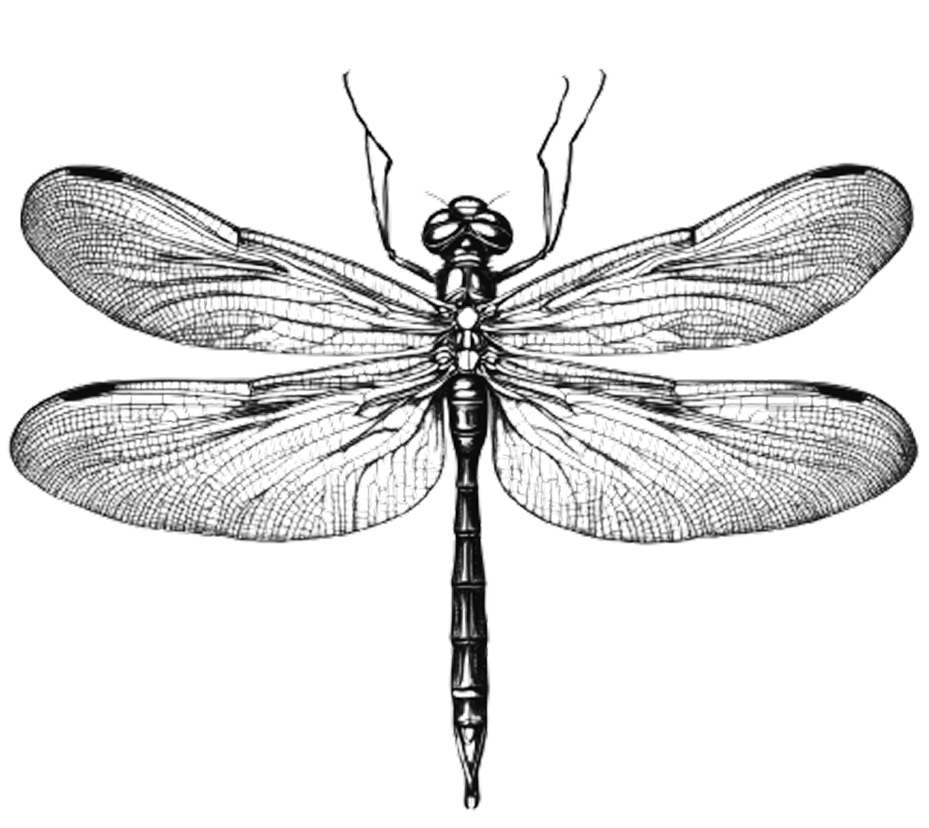
Archive of profoundly peculiar insects
[Digital Collection]
Peculiar Insects of the Past
A grim categorization of lost wonders that confronts humanity's role as the ultimate insecticide and puts the fragility of life into harsh focus.
A grim categorization of lost wonders that confronts humanity's role as the ultimate insecticide and puts the fragility of life into harsh focus.








eastern spruce budworm
[Fig 01]
Image of Coniferous Budwormsfrom the U.S. National Archives (Catalog ID: 7108169). Sourced from National Archives Catalog.
[Fig 02]
Image of Choristoneura fumiferana larva by Jerald E. Dewey, USDA Forest Service (March 30, 2001). Sourced from Wikimedia Commons, originally from Forestry Images.
The eastern spruce budworm, a tiny moth with a voracious appetite for spruce and fir trees, once ruled the eastern forests of North America. This insect's life cycle revolved around its destructive larval stage, where it devoured the needles of coniferous trees, leaving behind skeletal branches and barren landscapes.
The budworm's impact was truly significant, causing widespread defoliation and ultimately, the demise of vast forests. While once a dominant force, the eastern spruce budworm's reign came to an abrupt end in the late 1980s.
Six-winged Insects
[Fig 03]
Illustration of Dunbaria fasciipennis from Tillyard (1924). Sourced from Wikimedia Commons.Palaeodictyoptera, an ancient order of winged insects prevalent during the late Paleozoic to early Mesozoic eras, is distinguished by its large, veined wings and primitive characteristics that foreshadowed modern insects. Flourishing in diverse habitats, this remarkable group succumbed to environmental upheavals and the rise of more advanced insect taxa, leading to its eventual extinction.

Xerces Blue Butterfly
Glaucopsyche xerces, the Xerces Blue butterfly, graced the coastal regions of California with its iridescent wings, emblematic of the Lycaenidae family. Originating in the early 20th century, it captivated naturalists with its delicate beauty and habitat specificity. However, habitat destruction and the encroachment of urbanization led to its tragic extinction by the 1940s.
[Fig 05]
Image of Glaucopsyche Xerces sourced from Wikimedia Commons.[Fig 06]
Image of Xerces Blue butterfly sourced from Freepik..This creature had a fascinating mating ritual. Males would congregate in groups, often in the midday sun, displaying their bright blue wings to attract females. Once a female landed, the male would initiate courtship by hovering around her and then landing on her, fluttering his wings rapidly. If the female was receptive, she would allow the male to mate with her.
The Xerces blue was believed to have a unique mating system where females only mated once in their lives, thus ensuring the survival of their offspring.


Lake pedder Earthworm
[Fig 07]
Lake Pedder Earthworm.
This images was created using AI and is for illustrative purposes only, not a precise scientific representation.Hypolimnus pedderensis emerged in the secluded realms of Tasmania, distinguished by its remarkable adaptations to the unique and fragile wetland ecosystem. However this creature of peculiar elegance and ecological significance met its demise with the damming of Lake Pedder, which obliterated its habitat.


Ghost Spider
An ancient arachnid of the Jurassic epoch, Chimerarachne captivated the natural world with its unique blend of spider and non-spider traits, particularly its elongated spinnerets and distinctive morphology. Originating in the lush environments of what is now Myanmar, this enigmatic genus succumbed to the pressures of evolutionary competition and habitat changes, ultimately vanishing from the fossil record.
[Fig 09]
Ghost Spider.
This image was created using AI and is for illustrative purposes only, not a precise scientific representation.

Antioch Dunes Shieldback Katydid
[Fig 10]
Antioch Dunes Shieldback Katydid.
This image was created using AI and is for illustrative purposes only, not a precise scientific representation.Neduba extincta, a noteworthy representative of the Tetragnathidae family, once thrived amidst the lush landscapes of ancient ecosystems. Its unique morphology, characterized by elongated body and distinctive markings, rendered it a fascinating subject of study within the realm of arachnology. Yet, the relentless march of environmental change and habitat disruption heralded its downfall, leading to its extinction.

